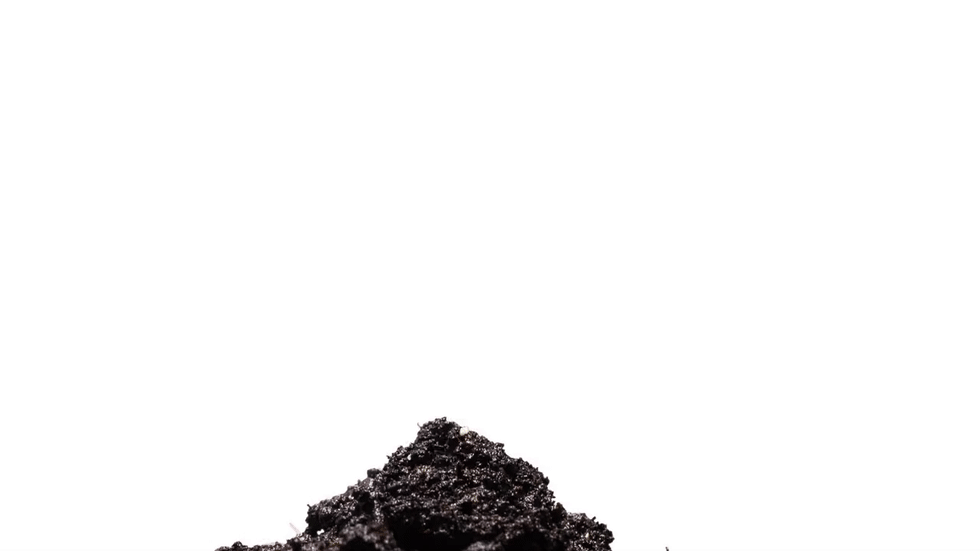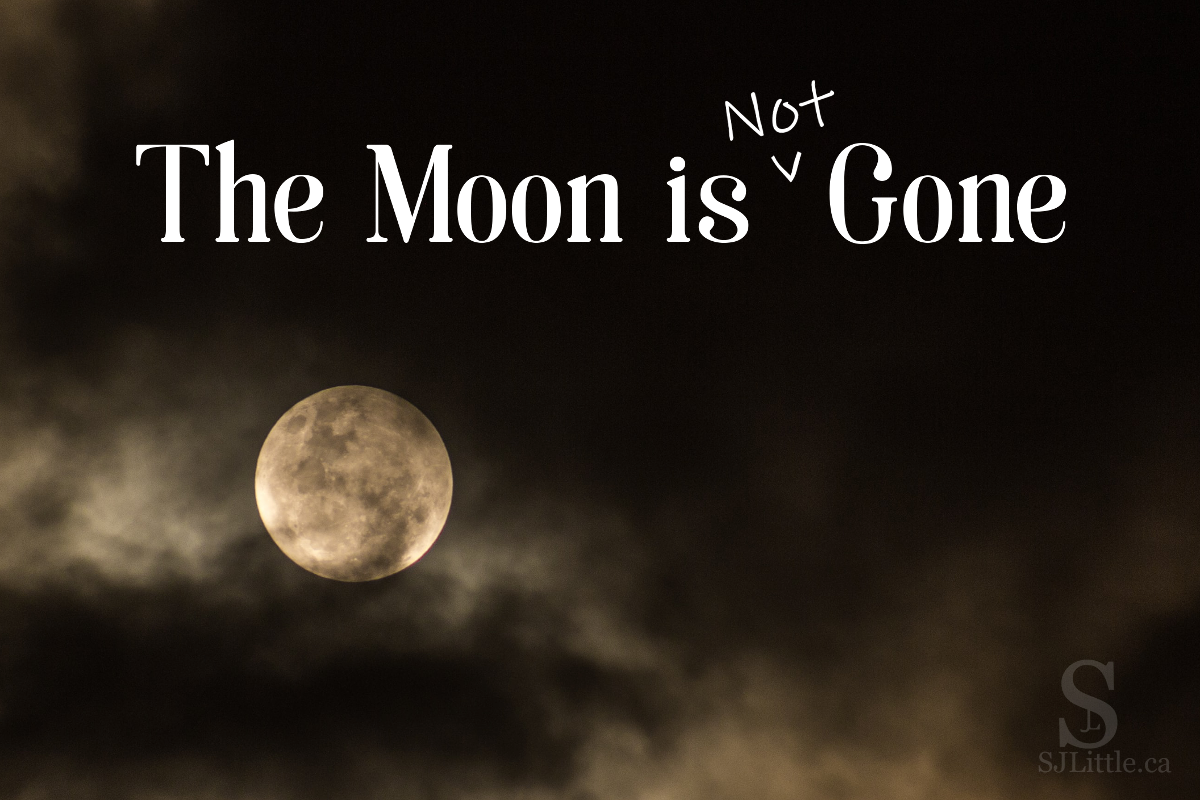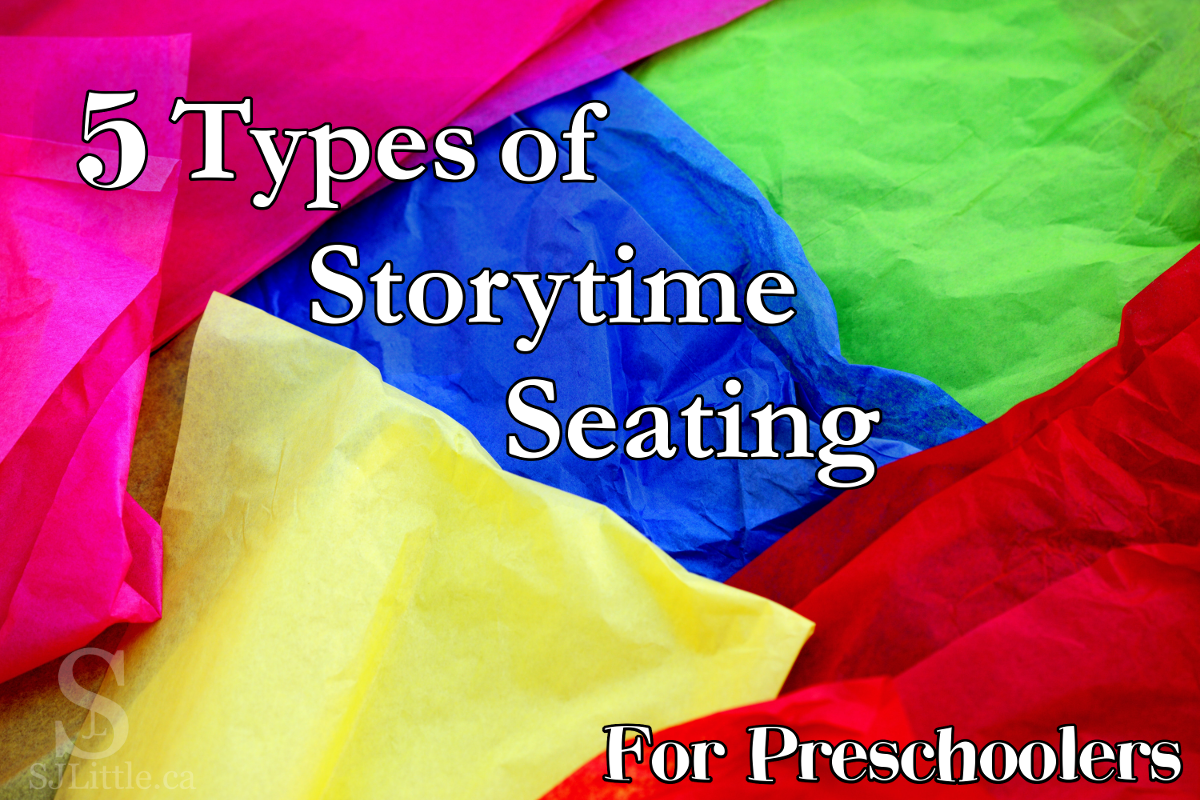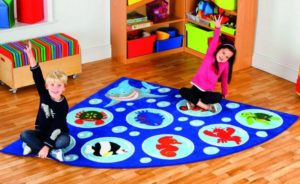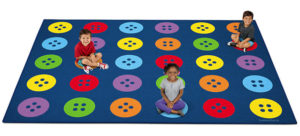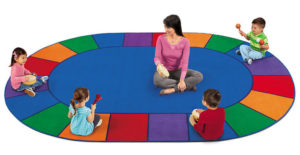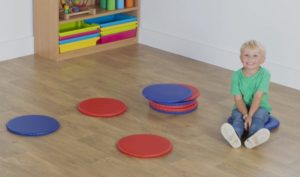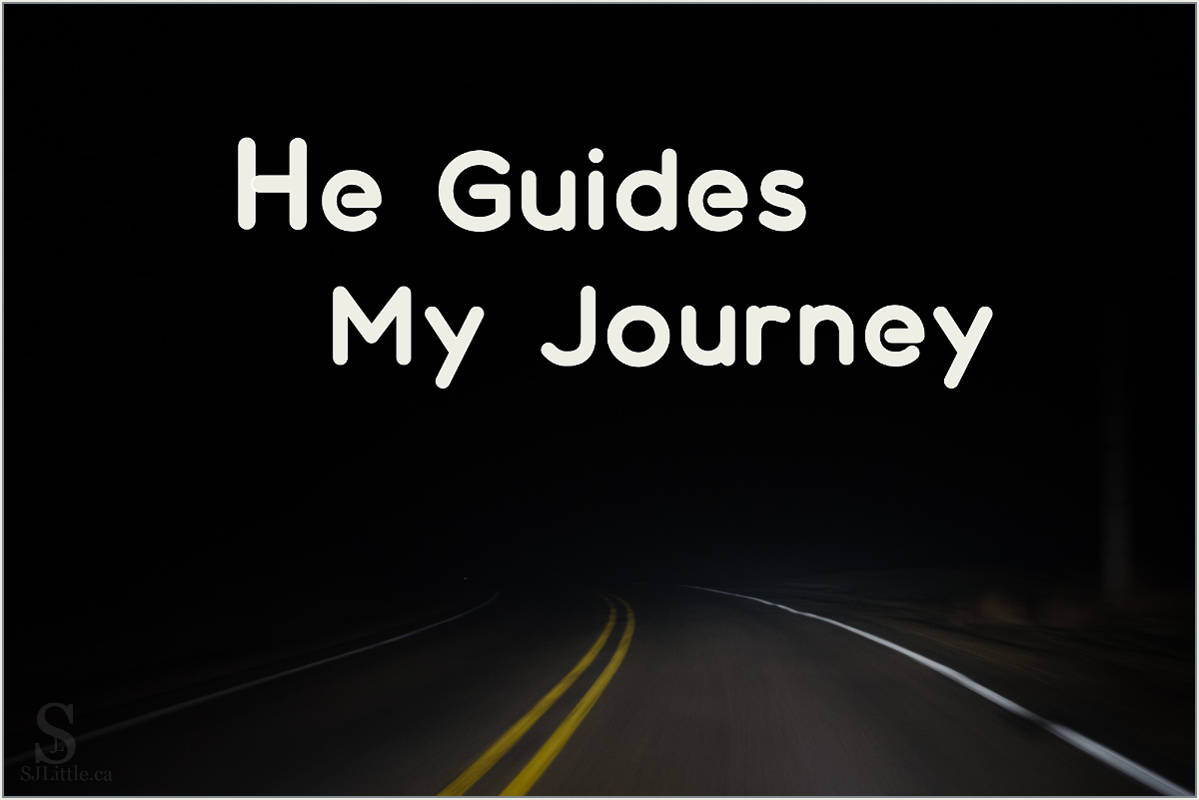
Not long ago, I was driving through the Canadian prairies where the world seemed to stretch out forever, with only the occasional farmhouse to break the endless fields.
It was night, and the highway had no street lights to guide me. Beyond what my headlights illuminated, I had no idea where the road led as it wound through the darkness.
The road had many long straight stretches, then suddenly it would turn.
I glanced in my rearview mirror – pure blackness. There was no one in sight behind me.
Not too far in front, the taillights of a truck guided me onward. I appreciated his presence.
His lights showed me when the road ahead turned to the right or left. His continued progress reassured me that there was good paved road for me to drive on. The journey felt less lonely knowing that someone else was driving the same route.
Gradually, however, the truck increased the distance between us. Being on the flat open prairies, I could still see his lights, but he was a long way in front of me now.
From time to time, as I watched his lights so far ahead of me, I was surprised to see him turn sharply in the darkness. In such vast prairie, shouldn’t the road continue straight? But, no. When I finally reached the place where he’d turned, I found that the road did indeed turn.
I was sad when the truck finally outdistanced me so far that I could no longer see his lights. I felt more alone and the road was far more unknown.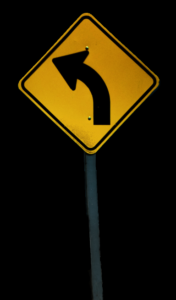
As I continued along, I quickly became grateful for the road signs warning of upcoming turns. Without those bright signs reflecting the beam of my headlights, driving at such speed would have been dangerous. I don’t know if I would’ve spotted the turns soon enough to steer safely around them. They would have come so unexpectedly that I would have continued straight off the road and into the nearest field.
Eventually, as I drove along, I glanced in the rearview mirror again. This time I spotted headlights! No longer was I the only one driving that way. Now it was my turn to be the one venturing into the empty darkness to show the vehicle behind me where the road led.
What can I learn from these observations, I wondered. Is there a life lesson for me here?
Yes, I believe there is.
More often than not, as I go about my life, I do not know where or when the road is going to turn. I can see no further ahead than the few meters my headlights show me.
Thankfully, in such times, God provides guidance. He has said, “I will instruct you and teach you in the way you should go; I will guide you with My eye.” (Psalm 32:8 NKJV)
One of the ways He guides, is by planting road signs along the way. Those road signs reflect especially brightly when I have my headlights on, or rather, when I am being intentional to stay in the Bible and prayer.
Sometimes those signs are black and white in clarity, screaming, “turn now or you’ll end up a wreck!”
At other times, those signs are harder to understand. “What is the best way to love God in this situation?”
Thankfully, there are many times when God brings someone into my life who has gone ahead. Someone who is further along on the path I am currently driving and whose example, or taillights, helps me know when and where to turn.
Paul understood that God brings people into my life to help guide me. He said, “Follow my example, as I follow the example of Christ.” (1 Corinthians 11:1 NIV)
Having said that, I must be careful who’s example I follow. It is possible that someone may ignore the signs and veer off the road, continuing straight through the fields. Or perhaps they might turn left when I need to take a right to get to my desired destination.
Ultimately, it is Jesus’ example I must be led by. As Hebrews says, “let us run with perseverance the race marked out for us, fixing our eyes on Jesus…” (Heb. 12:1b-2a NIV)
Through all life’s twists and turns, He guides me. He will never leave me.
Praise the Lord that He has gone before me, and that He sends people and warning signs to help guide me along the way!




